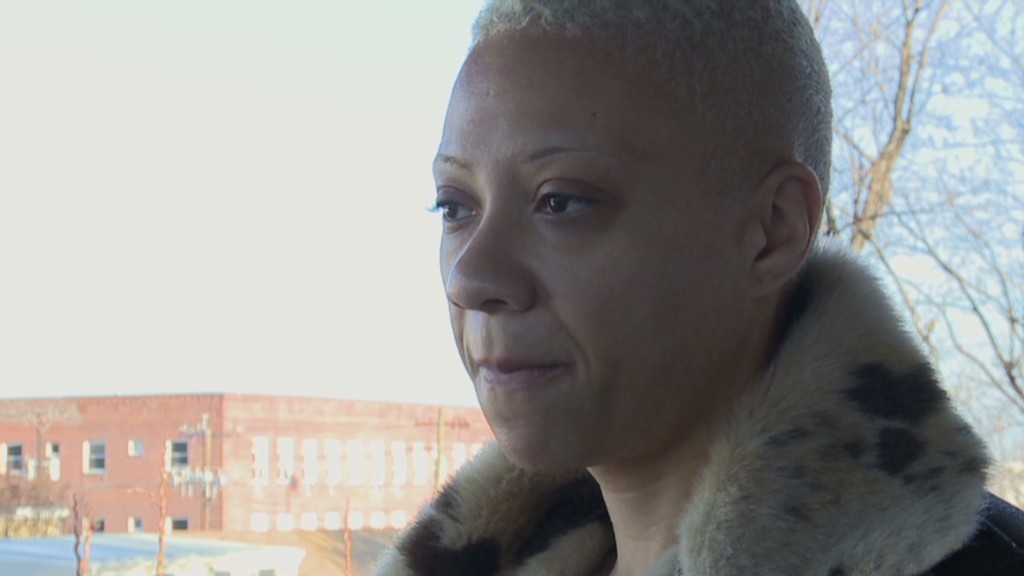
Modest hiring continued in November and the unemployment rate fell to its lowest level in nearly four years, according to a report released Friday.
The U.S. economy added 146,000 jobs in November, and the unemployment rate fell to 7.7% from 7.9% in October, the Labor Department said. While that's the lowest unemployment rate since December 2008, it fell due mainly to workers dropping out of the labor force.
Economists surveyed by CNNMoney had predicted that only 77,000 jobs were added in November and that the unemployment rate had risen to 8%, factoring in distortions from Superstorm Sandy. But the Labor Department said it was still able to collect a normal level of responses to its survey, even in areas affected by the storm.
"Our analysis suggests that Hurricane Sandy did not substantively impact the national employment and unemployment estimates for November," the Labor Department said in a press release.
The Labor Department typically revises its jobs numbers several times. In Friday's report, job growth was revised lower in both September and October, subtracting 49,000 jobs from the 2012 total. Most of the revisions came from state and local education.
Check the unemployment rate in your state
Of the job gains in November, more than a third, or 52,600, came from retailers, but much of that was likely due to holiday hiring.
Economists at the Labor Department try to adjust for seasonal trends like holiday hiring, but this year the raw data showed retailers hired more workers in November than any other month on record since 1939.
Professional business services hired 43,000 workers in November, seasonally adjusted. Health care added 20,000 jobs.
Manufacturers cut 7,000 jobs, but most of the losses there came from food manufacturing. That was not surprising, given Hostess announced early in the month that it planned to layoff 18,500 workers.
Meanwhile, the construction sector cut 20,000 jobs, which was unexpected given other reports have recently pointed to a housing recovery. Economists expect these jobs to return, given stronger housing data and reconstruction efforts following Superstorm Sandy.
"Initially you might get a temporary dip, but certainly you'd expect Sandy reconstruction and the housing turnaround would begin to feed through into much more positive construction employment figures," said Paul Ashworth, chief U.S. economist for Capital Economics.
Why the unemployment rate fell
The payrolls number and the unemployment rate come from two separate surveys conducted by the Labor Department, and the data don't always match up. While businesses largely reported they hired workers, a survey of households said just the opposite.
Households claimed they had 122,000 fewer jobs in November, and also showed 350,000 people dropped out of the labor force.
The unemployment rate fell because there were fewer people looking for work. The Labor Department only counts people who have searched for a job in the last four weeks as officially unemployed.
About 12 million people were counted as unemployed in November, down from 12.3 million a month earlier.

Overall, the U.S. labor market has still not completely recovered from the financial crisis. Of the 8.8 million jobs lost, about 4.2 million have still not been added back.
Economists often say that job growth around 150,000 a month is enough to keep up with population growth, but not much more.
"At this rate of job growth, it will take us more than 10 years to get back to the pre-recession unemployment rate," said Heidi Shierholz, an economist for the liberal Economic Policy Institute. "The November data provide a clear reminder that mass joblessness remains the real and present economic danger this country faces."
Stocks rose at the opening bell, following the report.


